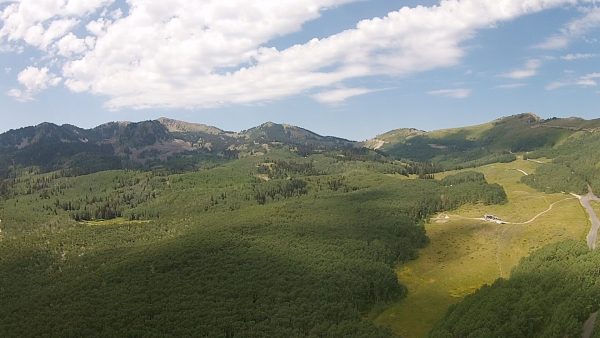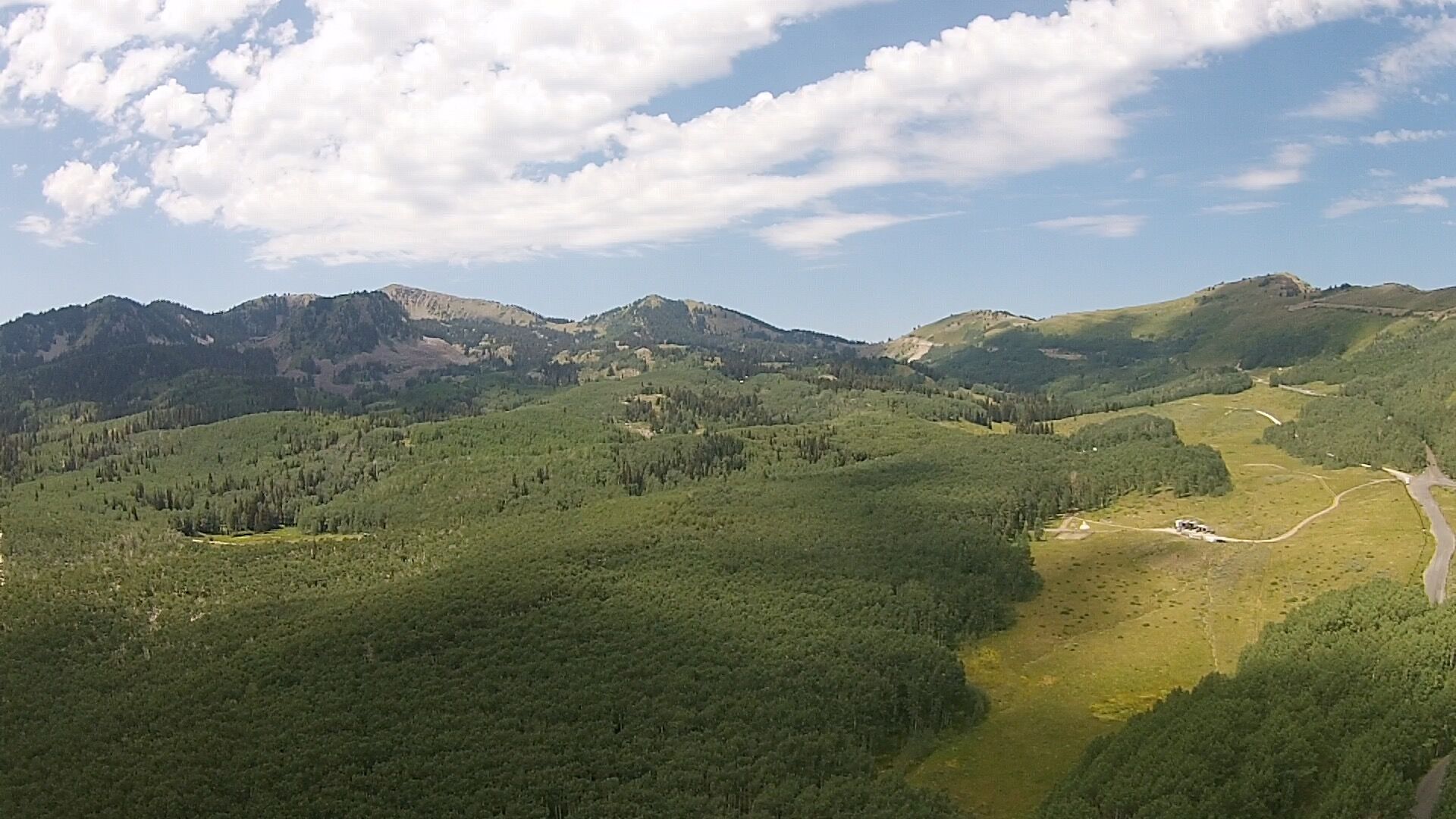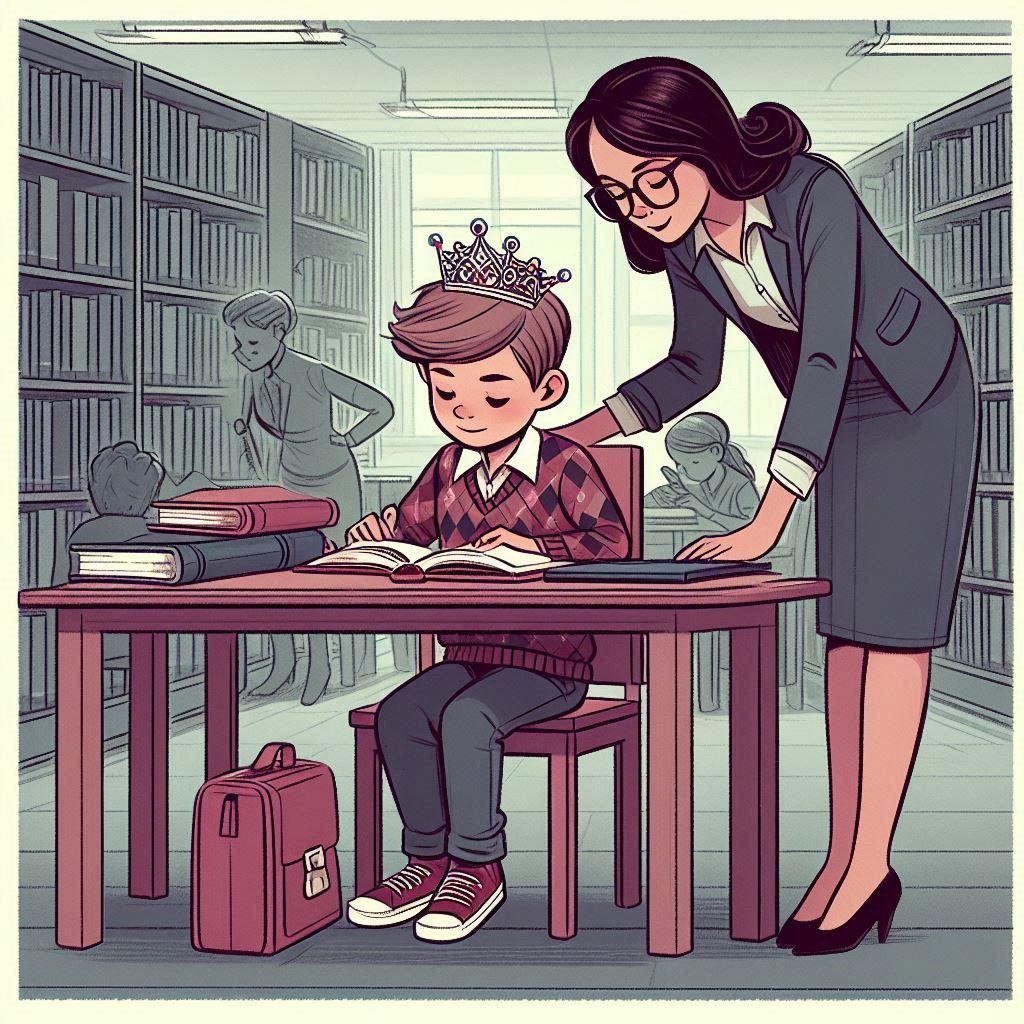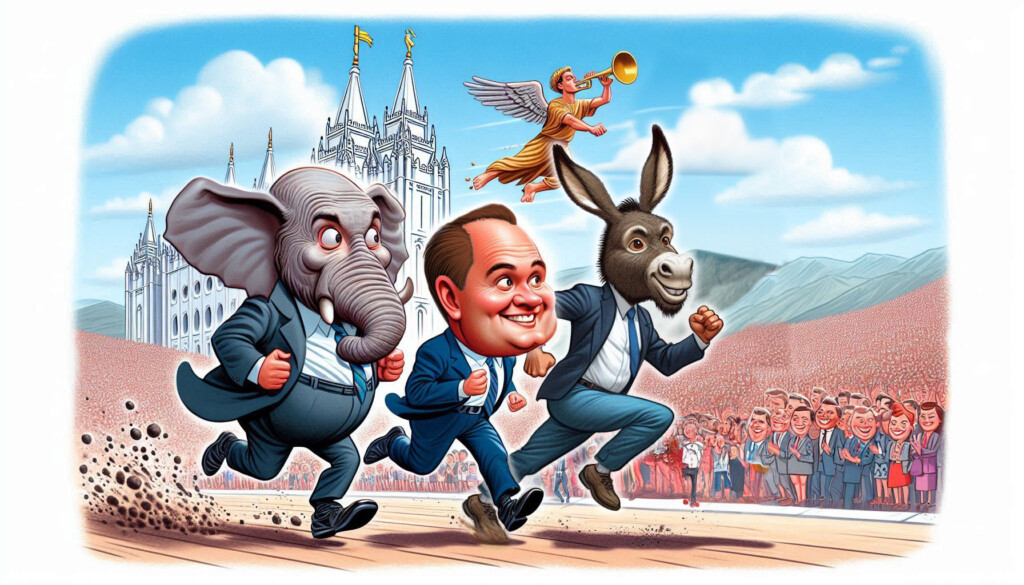 Bonanza Flat has been called the heart of the Wasatch. It is the apex of three different counties; Salt Lake, Wasatch and Summit, and almost touches Utah County. Situated at the top of Guardsman Pass as it drops over to the Wasatch Back, it is 1350 acres of aspen and conifer forest dotted with several alpine lakes including Bloods Lake. Wendy Fisher, Executive Director of Utah Open Lands explains, “We all live in the desert and to have these alpine lakes within a 45 minute drive from downtown Salt Lake City is stunning.”
Bonanza Flat has been called the heart of the Wasatch. It is the apex of three different counties; Salt Lake, Wasatch and Summit, and almost touches Utah County. Situated at the top of Guardsman Pass as it drops over to the Wasatch Back, it is 1350 acres of aspen and conifer forest dotted with several alpine lakes including Bloods Lake. Wendy Fisher, Executive Director of Utah Open Lands explains, “We all live in the desert and to have these alpine lakes within a 45 minute drive from downtown Salt Lake City is stunning.”
But this wilderness is in danger. The land has been privately held, but used by Wasatch Front and Wasatch Back residents for recreation for years. Bonanza Flat is the gateway to many trails such as the Wasatch Crest Trail.
Last year when rumors erupted that it could become available and be sold to developers, Park City met with Wells Fargo Bank to discuss the possibility of preservation.
Park City passed a $25 million bond in November to be able to purchase and preserve the space. When the bond passed Wells Fargo was already negotiating with a developer. Wells Fargo agreed to a March 15 deadline to give Park City and Utah Open Lands time to raise enough “good faith” money.
Even with the bond another $13 million needed to be raised. Utah Open Lands reached out to a number of local organizations who would be concerned with development at Bonanza Flat. Park City wanted to see “substantial interest” before turning over the first payments of $1.5 million from the $25 million bond. The funds were nonrefundable and would be lost if the rest of the money wasn’t obtained.
The group was able to raise $9.5 million from a coalition of private and government agencies. Salt Lake City and Sandy added money to help protect the watershed that feeds indirectly into metropolitan water districts. With donations coming in Park City felt good about releasing more of the bond money and the final deadline to full funds was extended to June 15.
If Utah Open Lands is successful Bonanza Flat will be preserved as a conservation easement and will remain undeveloped permanently. Fisher says they are working on resource inventory and a management plan with Park City, “We are looking at long term management in what is forever to remain a clean, beautiful, protected habitat. It is critical as we grow as a population to plan for improvement for recreation along with restrictions. It is a balancing act we participate in as we manage these lands.”
Fisher believes that preservation is important to people living in surrounding areas, “Quality of life is preserved when we insure that we are protecting the very reason people move to this area. By that you insure the market.” Wasatch County officials said early on they had been in discussion about rights over $6 million in revenue that would result from development, but in the end they were supportive of preservation and ended up pledging $25,000.
Fisher is hopeful they will meet the $13 million goal by June 15. She feels it is critical to work with the public to raise the final dollars. “I have to be optimistic, but in 26 years of protecting lands I have never had to raise $13 million in such a time frame. So far we have been successful beyond our wildest imagination. Hopefully we’ll be able to close the gap.
Anyone interested in donating can do so at savebonanzaflats.org.






